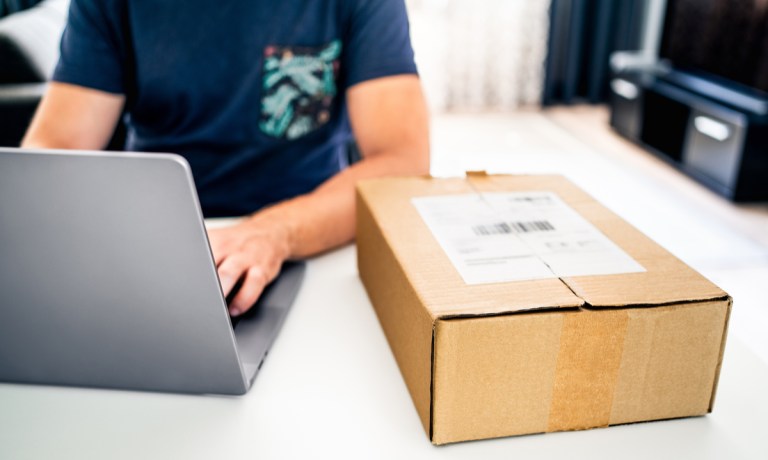
As brands and retailers continue to find new ways to prevent returns, one begs to ask: Are they working?
As per an National Retail Federation report, following two years of increasing returns rate, the percentage of returns decreased to 14.5% of total retail sales in 2023, equivalent to about $743 billion.
Here’s a look into how they did it:
On average, for every $1 billion in sales, retailers face $145 million in merchandise returns. Online sales exhibit a higher return rate, at 17.6%, equating to $247 billion in returned merchandise. In comparison, pure brick-and-mortar returns (excluding online orders returned in-store) stand at 10.02%, amounting to $371 billion.
Based on a recent PYMNTS report, retailers have been adopting a more strategic approach to handling returns.
For example, Pitney Bowes, in partnership with PackageHub, has launched a returns drop-off network. This network facilitates free returns at almost 1,000 locations, eliminating the requirement for a box or label.
“We have the longest-standing eCommerce returns service in the industry — and now, with the launch of this network with our partner, PackageHub, we have access to their network of premium drop-off locations across the U.S., making this the most comprehensive returns service, capable of lowering the cost of returns while simultaneously improving the consumer experience,” said Gregg Zegras, executive vice president and president of global eCommerce at Pitney Bowes, in a company announcement.
The company reportedly intends to expand this service to hundreds more locations nationwide in the near future.
And some retailers like Chewy are even going as far as eliminating returns altogether by encouraging customers to “keep it.” According to data from returns services firm goTRG, the adoption of such policies has surged to 59% among retailers, marking an increase from the 26% reported last year.
Read more: Retailers Adopt ‘Returnless’ Policies to Cut Costs and Boost Satisfaction
Meanwhile, retailers like H&M, as reported by PYMNTS, have chosen to impose return charges on non-loyalty program members while offering free returns to loyal customers, aiming to bolster their loyalty program.
In order to remain competitive and encourage higher customer spending, retailers have adopted the practice of offering complimentary shipping. According to a study by PYMNTS and sticky.io titled “Subscription Commerce Readiness Report: The Loyalty Factor,” 42% of survey participants identified the lack of free shipping as a major factor that would lead them to cancel their retail product subscriptions. This percentage exceeded the proportion of respondents citing any other reasons for subscription cancellations.
And then there’s the use of artificial intelligence (AI), with retail giants like Amazon looking to get in front of the returns problem by establishing a more confident initial purchase.
In early January, PYMNTS reported that Amazon looked to address size and fit challenges through AI.
“Not sure what size to order? Nobody wants to spend time cross-referencing reviews, size charts, product images, and detailed product descriptions,” said Apoorv Chaudhri, director of computer vision and machine learning at Amazon Fashion in a company blog post. Amazon uses AI to provide personalized size recommendations, offering tailored suggestions on the detail pages of each product.
The algorithm categorizes customers anonymously based on similar size and fit preferences, as well as products with analogous fits. This involves analyzing millions of product details, such as style, size charts, and customer reviews, along with billions of anonymized customer purchases.
Chaudhri also mentions that the algorithm adjusts to evolving size needs over time, considering sizes retained or purchased by customers with similar preferences. For instance, if a customer buys child pants in a specific size this month, the algorithm anticipates potential size changes in the future.
Read more: Amazon Sizes Up Trillion-Dollar Returns Challenge, Enlists AI for Perfect Fit Solution